Bridges need to be inspected regularly to assess any defects, to keep them safe and strong for years to come. Whether a bridge is over a walkway, road, or waterway – a risk assessment is required to identify hazards that include any confined spaces or work at height risks, and thus whether the inspections require a rescue team or specialist equipment and training.
What is the purpose of a bridge inspection?
The purpose of a bridge inspection is to establish if it is safe to use and usually include the review of:
- Inspection of the bridge structure to identify if there is anything that could affect its safety and durability
- Inspection of the overall condition of the bridge to identify if there is any need for major building or maintenance work now or in the future
Once the findings of a bridge inspection are complete, a risk based approach is taken to prioritise urgent or high priority repair and maintenance works.
Bridge inspections are often not simple. The configuration of some bridges or the obstacles that they cross (e.g. deep water or railway lines) can mean that inspections require the assistance of a specialist confined space or working at height team, and/or a water rescue team if working on or around water.
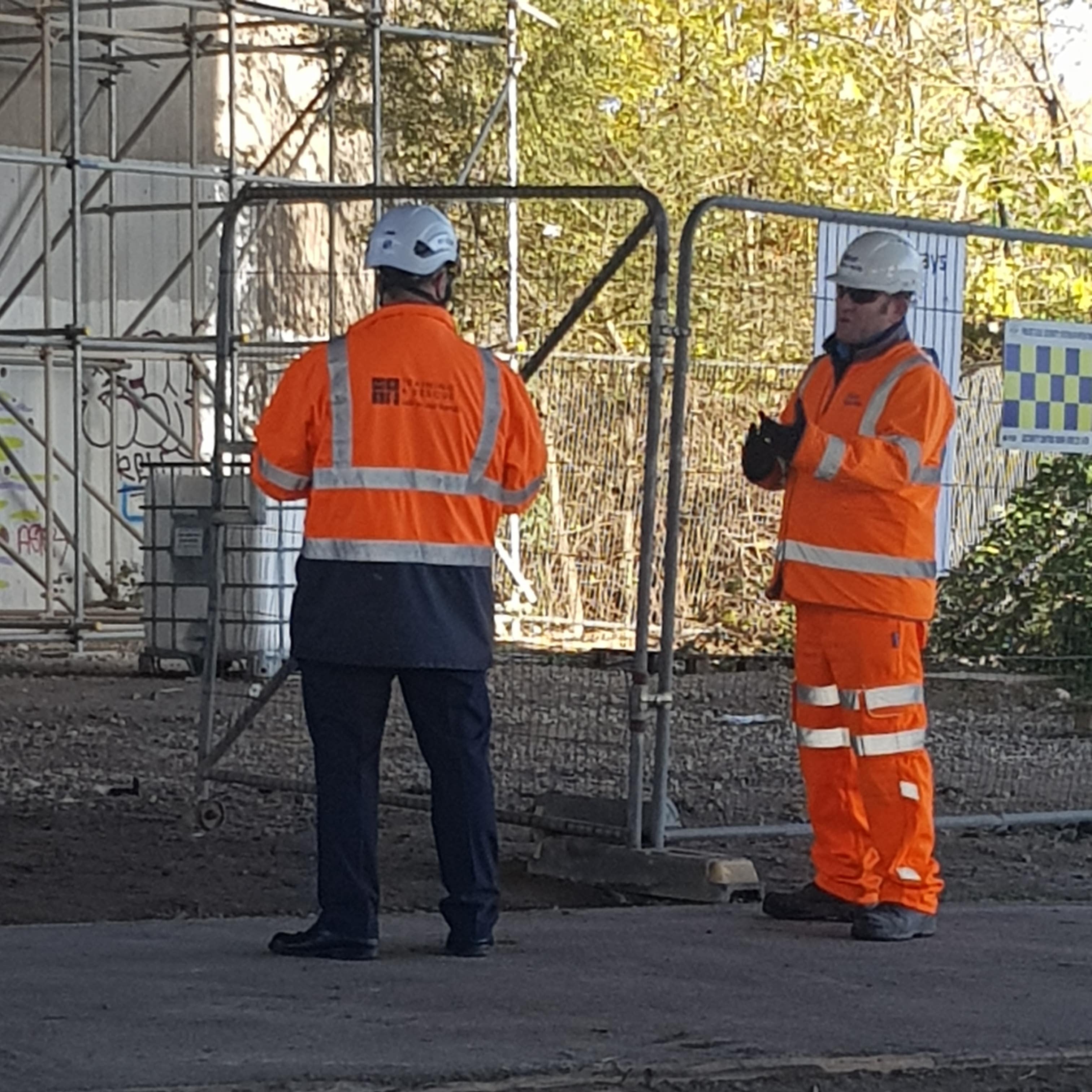
What is a confined space in a bridge?
Many bridges have confined spaces within their structure. These tend to be hollow sections, which may or may not be designed for people to move around in. These areas must be inspected regularly to assess if a bridge remains safe to use.
As with other confined spaces, it is important a thorough risk assessment is conducted before any work takes places in a bridge confined space.
Confined space hazards associated with bridge operation:
- Oils and greases
- Gases – naturally occurring from external sources i.e., carbon monoxide from bridge traffic
- Constraints of space
- Dark or poorly lit
- Can be hot or cold dependant on weather.
- Difficult access/egress – may need access equipment to enter
- Difficulty in removing a casualty in the event of an emergency
- Communications
- Ventilation – lack of naturally flowing fresh air, can be stagnant
- Distance from point of work to a point of safety should an emergency occur
Imported confined space hazards associated with work on bridges:
- Chemicals – paints and solvents used to maintain the inner workings of the bridge
- People – lack of training, supervision, human behaviour, lone working
- Gases - carbon monoxide from generators
- Tools and equipment – fit for purpose, tested/calibrated
- Trip hazards – small area means lack of space for storage of equipment
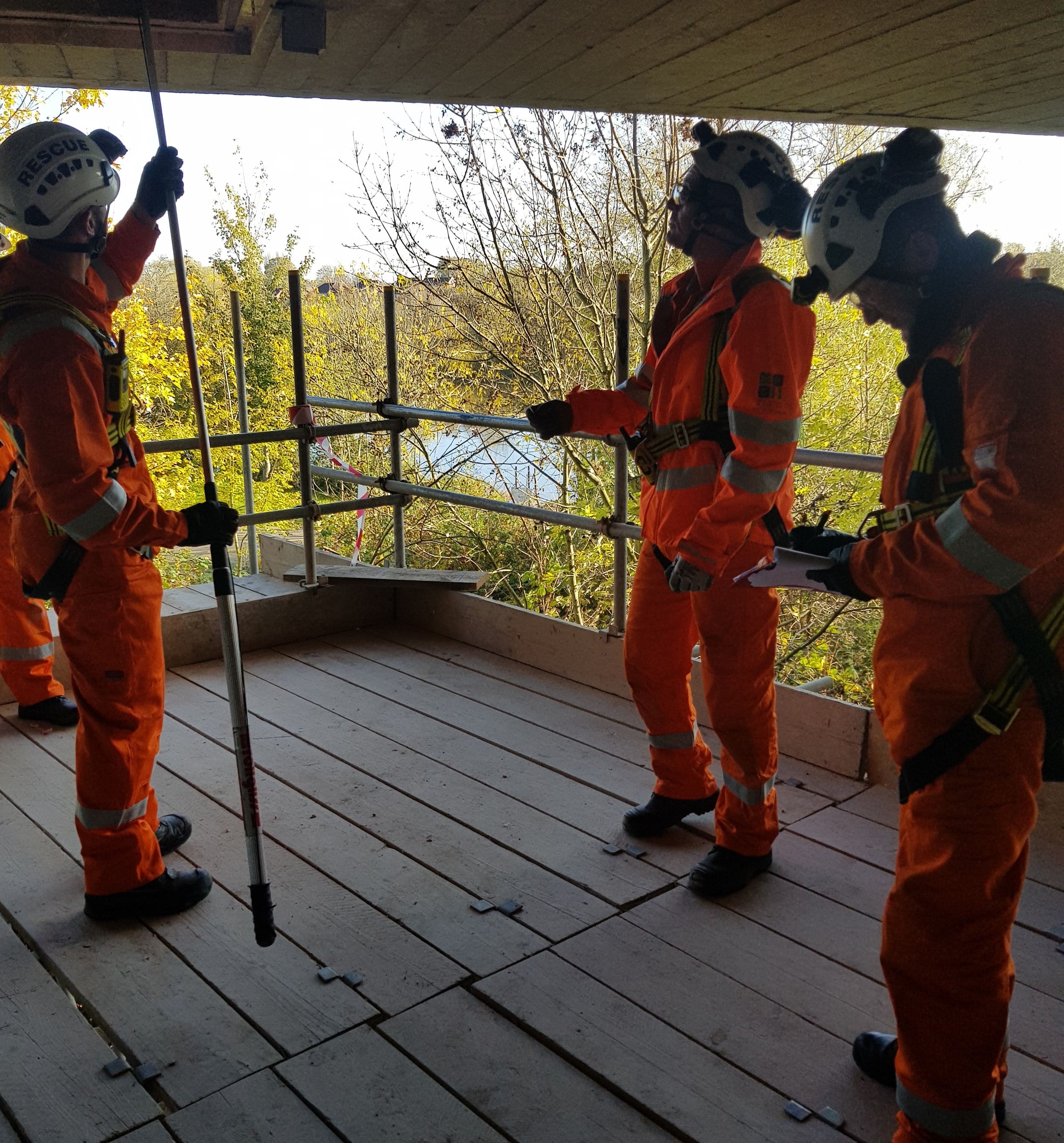
Working at Height & Bridges
As with confined spaces, any work at height activity must be properly planned, supervised, and carried out by competent people. This includes using the right type of equipment for working at height. Inspecting bridges often requires the construction of scaffolding in order for workers to be able to gain access to and inspect the bridges.
Work at height hazards associated with the operation of the bridge:
- Oils and greases – potential to cause trips and falls near open edges
- Gases – naturally occurring from external sources i.e., carbon monoxide from bridge traffic. Passing traffic whilst operating lower than road surfaces can emit carbon monoxide, potentially affecting the work at height operative
- Dark or poorly lit – could affect equipment being set up incorrectly
- Can be hot or cold dependant on weather. This affects work at height operatives’ dexterity. Plus sunshine can create blind spots.
- Communications. Does the road noise affect this – especially if working along road edges
- Distance from point of work to a point of safety should an emergency occur.
- What’s the quickest way and safest way to recover the casualty? Quickest may mean lowering to a recovery/rescue boat
- Consideration needs to be given to rope care. Roads can be contaminated with oils/ greases and fuels dropped into water can create a rope with less friction
- Falling object or projectiles from at height. Consideration is also needed for passing leisure craft
- Rope management needs to be considered due to passing leisure craft and possible debris within the water
Imported Hazards associated with the work being carried out on the bridge at height:
- Chemicals – paints and solvents used to maintain the inner workings of the bridge
- Ropes cannot get contaminated
- People – lack of training, supervision, human behaviour, lone working
- Tools and equipment – fit for purpose, tested/calibrated. Plus correct selection required and all in date
- Trip hazards – small area means lack of space for storage of equipment
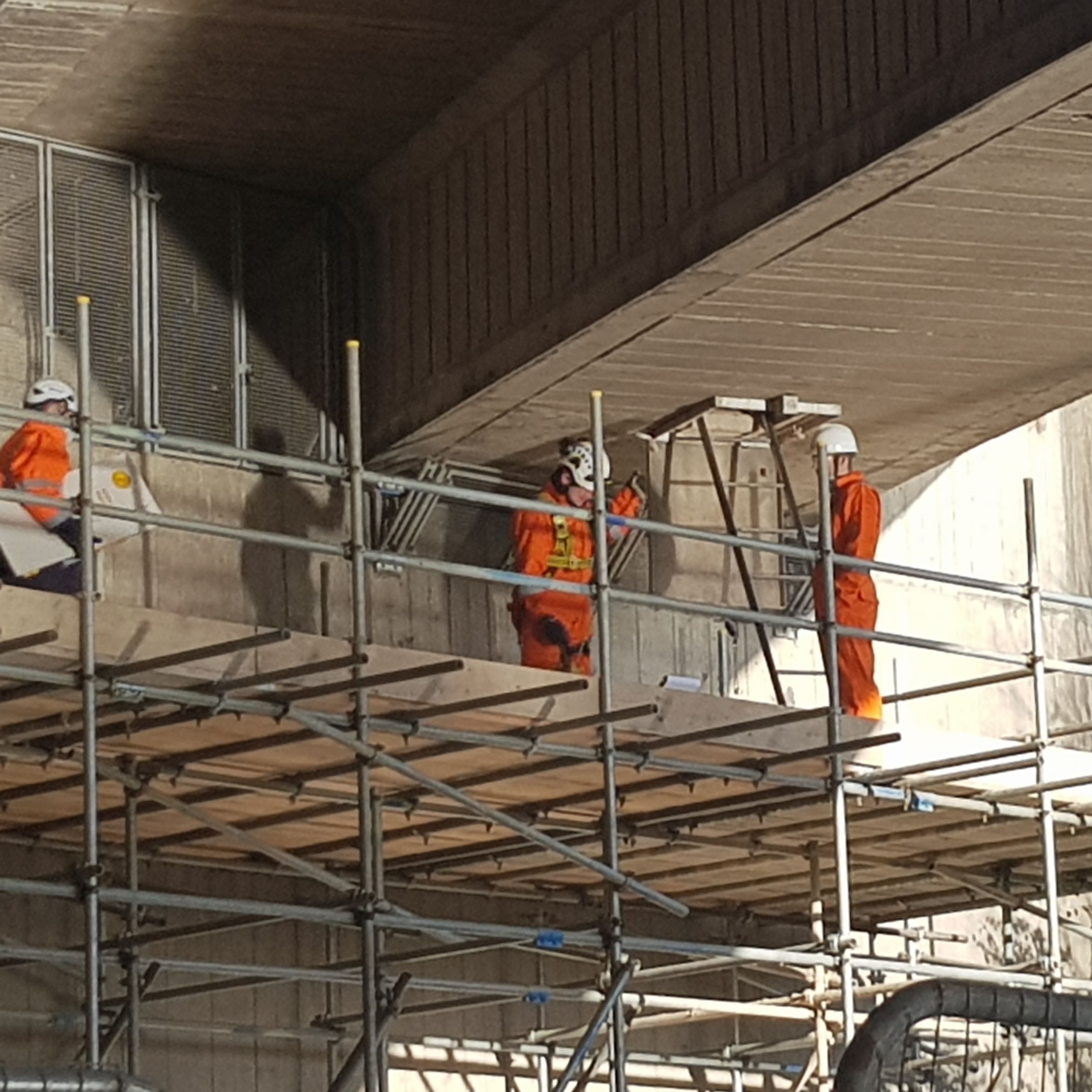
Bridge Industrial Emergency Rescue Cover
Where such risks are present, a comprehensive rescue plan will be required to ensure there is suitable and sufficient emergency arrangements to meet statutory obligations under the Confined Spaces Regulations 1997 and the 2005 Work at Height Regulations.
A bridge rescue plan should include:
- Correct selection of personnel to enter including adequate supervision
- Correct equipment to affect a rescue
- Suitable and sufficient risk assessment and method statement
- Documented emergency rescue plan to include details of how the rescue team will conduct a specific rescue
- Identification of all hazards (inherent and imported) including specified risks
- Working at height rescue considerations
- Likely to require the rescue team to be on-site and in a state of readiness so that the emergency plan can be put into immediate effect
- Good communications need to be in place and tested prior to entry
- Possibly boat rescue if collective measures are not installed around the bridge
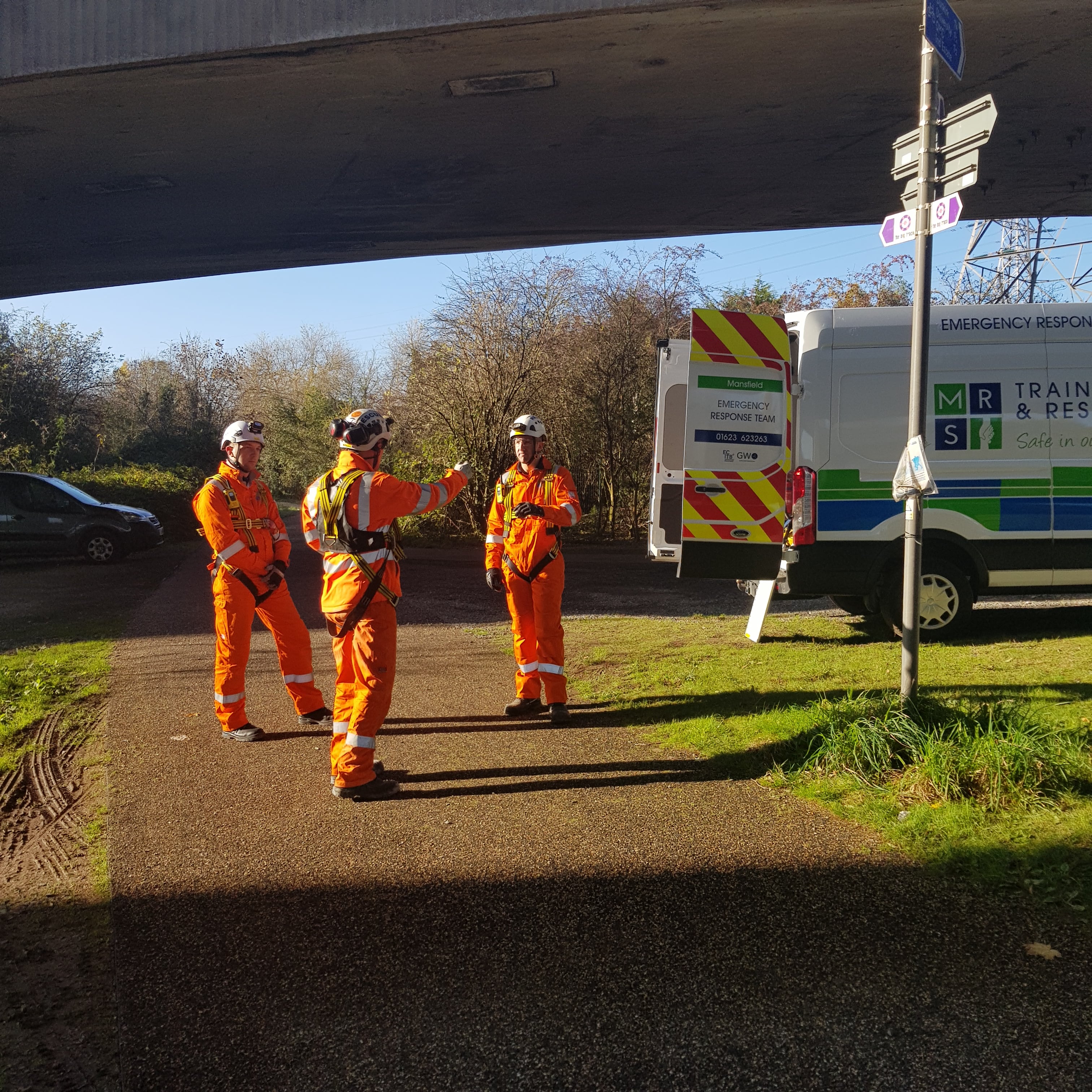
Internal Bridge Drone Inspections
To avoid the need for people to enter a confined space or work at height, a drone can be used to conduct a bridge inspection. Not only do drone bridge inspections reduce risk, but they can also save time and money.
A drone pilot can capture all aspect of a space, and after an initial fly through can do further flights to focus on specific areas – and can provide detailed imagery, video and 3D reports. Drone inspections can pick up the smallest cracks, leaks or corrosion is spotted – and enables for maintenance or repair plans, without the need for human entry.
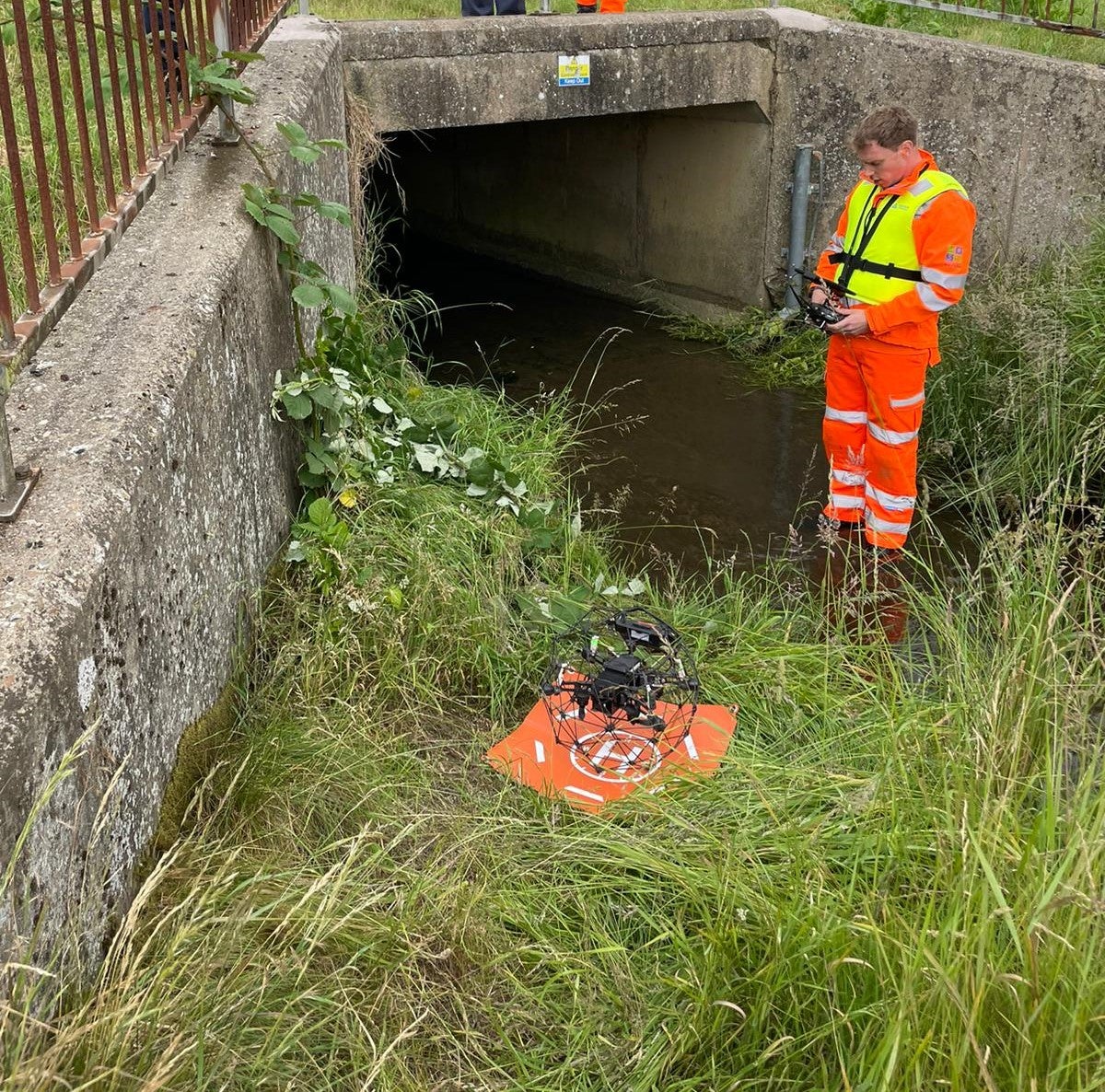
Rescue for Bridges On or Near Water
Rescue from water could be require if teams are required to inspect of work on a bridge which is on or above water. The priority in these cases is to prevent a fall into the water and any work should be covered by measures implemented within the working at heigh risk assessment and planning process.
However, if there is a failure, the following should be considered:
- The body of water in which the person(s) could fall into i.e.
- Reservoir, pond, lake
- River, canal which could be fast flowing
- Oceans
- The length of the bridge
- An understanding of where the flow of water moves so that controls can be identified and implemented
- Hazards associated with that stretch of water i.e., strainers, submerged objects, floating debris, pollution, biological diseases such as Weil’s disease
- Depth of the water
- Identification of safe points within the water
- If there are any eddies on view which may show that the water is circulating with a possible undertow
- Is there a designated launch area for the boat
- Can a rescue be conducted from land rather than from within the water
- Type of water rescue equipment required i.e., power boat, reach pole, PFD’s, lighting, communication, first aid kits, dry suits, suitable footwear, fuel etc….
- Weather conditions
- Personnel – how many working on the bridge, how many water rescue technicians required
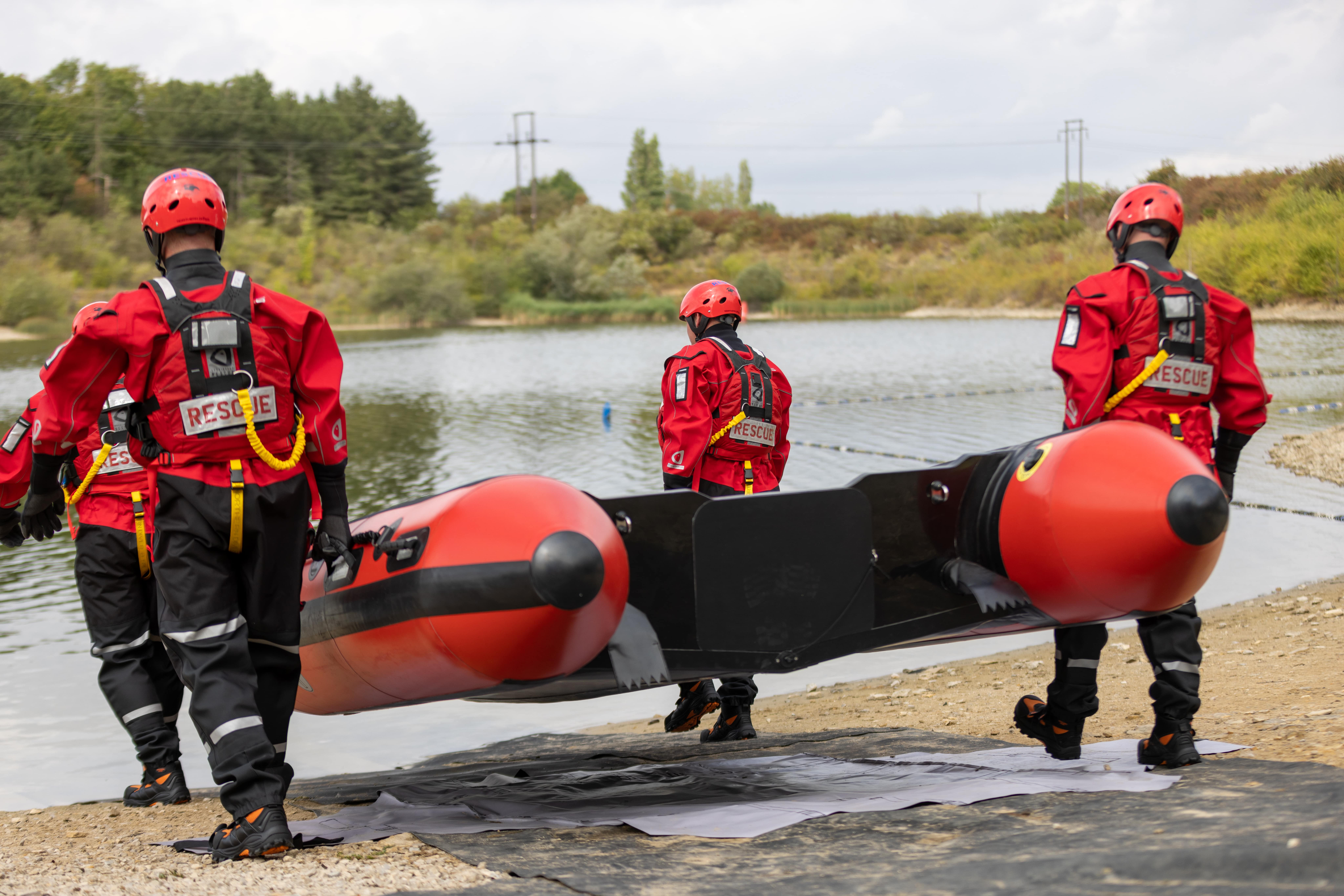
Industrial Rescue Specialists
MRS Training & Rescue are a leading industrial rescue specialist. Our experts can help you identify and understand the hazards and risks associated with working in bridges during inspection works.
We can audit the spaces, risk rate the space (high, medium, or low) and highlight any likely problems that may be caused by their entry point and internal design features. Developing a plan with the categorised confined space risks can help prioritise where resources are required, not only for conducting a specific task within the space, but also equipment, manpower and any detailed emergency arrangements required to extract someone who had become incapacitated.




